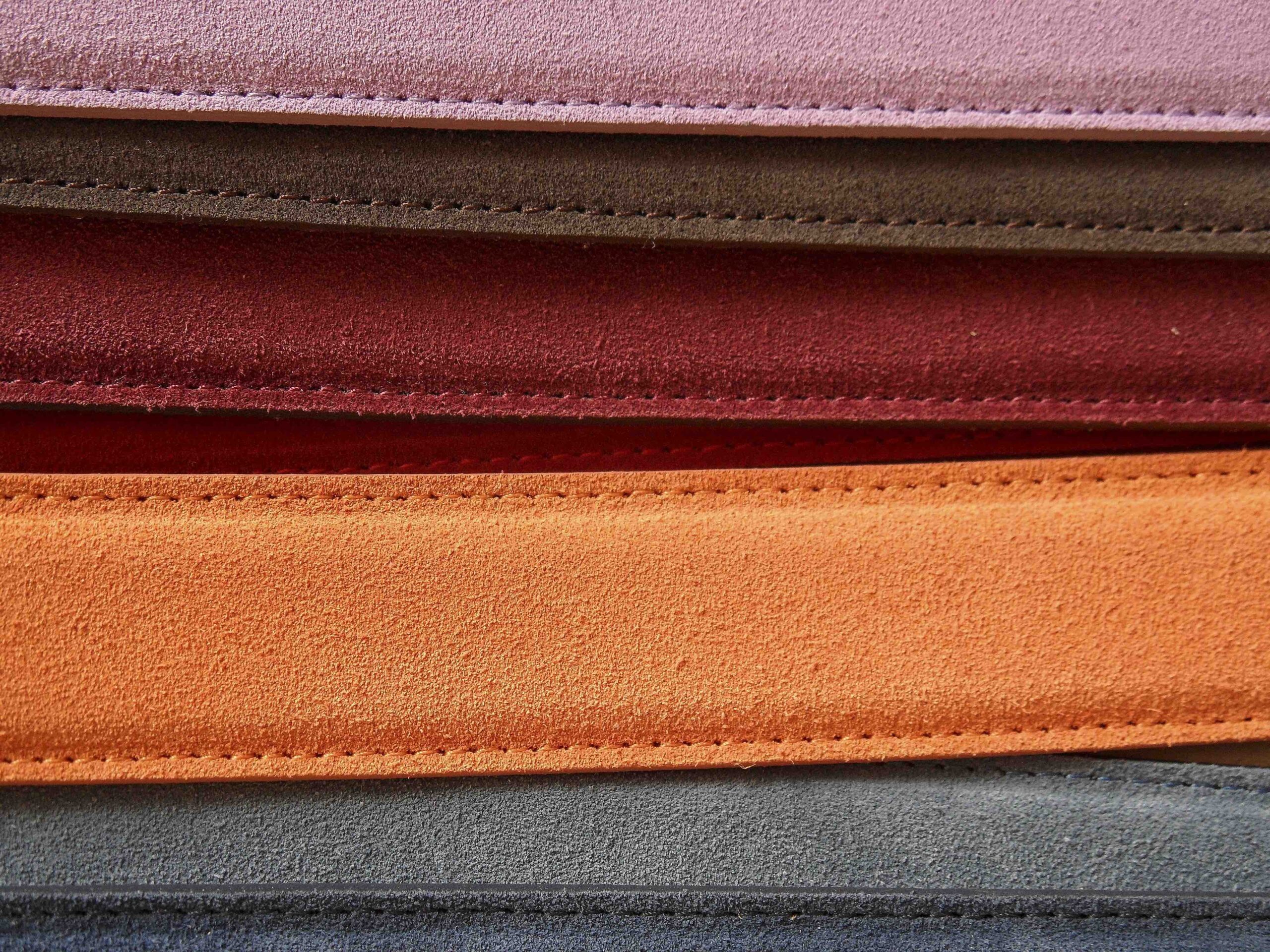Hides in the leather business typically refer to the skin of large animals while skins typically refer to smaller livestock. Raw cattle hides are generally grouped with offal items when discussing total animal value, but hides and skins are an important contributor to the total value of most cattle as the leather is commonly used for belts, shoes, wallets, jackets, car seats and interior, etc. Hide selections are grouped in several ways but are typically based on being branded or native (i.e., not branded), steers and heifers versus cows, dairy cows versus beef breeds, hides from mature bulls, and light versus heavy hides. The value of the hides is further based on the quantity of defects they contain as it relates to holes, cuts, lesions, or grain defects, often caused by injuries, horns, flies, ticks, grubs, and poor skinning and fleshing practices.
Supplying its massive leather production industry, China has been the largest importer of hides and skins for both the U.S. and the world. However, imports over the past few years have been declining. In 2013, raw cattle hides and skins were a major agricultural export for the U.S., reaching $2.3 billion, with China accounting for 63%. However, as of 2022, U.S. exports were only $876 million, and it appears that exports in 2023 will be even lower (USDA, 2023). At first glance, it would not be unreasonable to think that raw hides and skins were affected by the U.S. trade war with China. Clearly, the tariffs the Chinese government imposed on U.S. hides and skins, on top of the tariffs that the U.S. government imposed on finished leather products resulted in direct and indirect negative impacts on U.S. exports of hides and skins to China. However, taking a longer view of the data, U.S. exports to China have been declining for nearly a decade.
Figure 1 show Chinese imports of raw cattle hides and skins from the U.S., Australia, Canada, and all remaining countries combined (rest of world) since 2015. Note that Chinese imports exceeded $2.5 billion in 2015 but decreased to around $1.8 billion in 2016 and 2017. While imports fell even more in 2018 and 2019 during the trade war, this appears to be a part of an overall declining trend. For instance, imports from the U.S. fell by 66% during this period, but imports from Australia and the Rest of World also fell by 71% and 68%, respectively. According to USDA (2018), a combination of both internal and external factors has contributed to this reduced demand and has increased the cost of producing leather domestically. These factors include growing competition from synthetic materials, rising labor costs, and stricter environmental regulations. Although modest, import increases in 2021 and 2022 relative to 2020 may be a sign of a possible recovery.
Figure 1. Chinese imports of raw cattle hides and skins: 2015-2022

Source: Trade Data Monitor® (2023)
References
U.S. Department of Agriculture (USDA). 2018. Chinese Demand for Imported Hides Beginning to Weaken. Foreign Agricultural Service GAIN Report: CH186027.
U.S. Department of Agriculture (USDA). 2023. Global Agricultural Trade System. Foreign Agricultural Service. https://apps.fas.usda.gov/gats/default.aspx
Muhammad, Andrew, and Andrew Giffith. “Can Chinese Demand for U.S. Hides and Skins Recover?” Southern Ag Today 3(42.4). October 19, 2023. Permalink
Photo by Pixabay: https://www.pexels.com/photo/colors-belt-skin-belts-65280/

